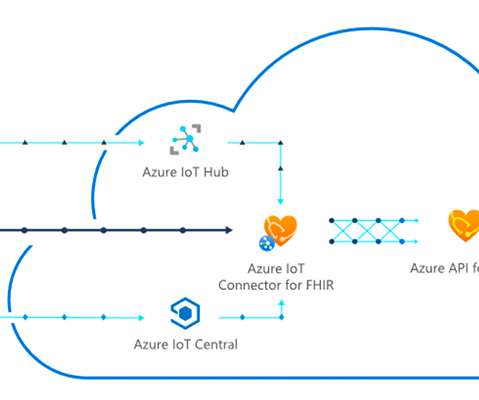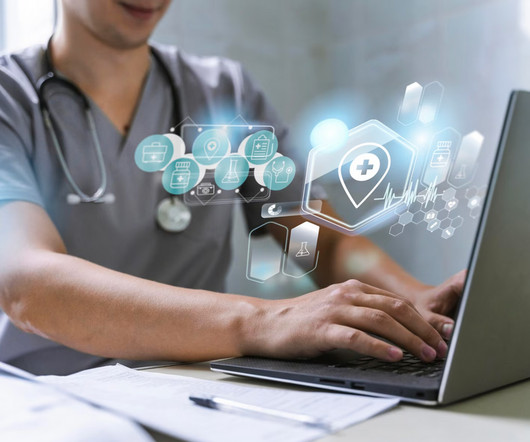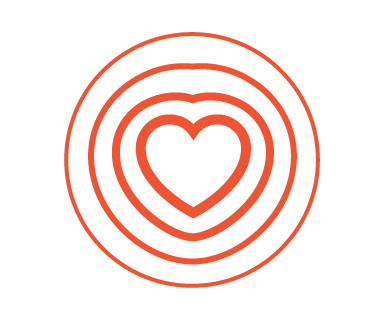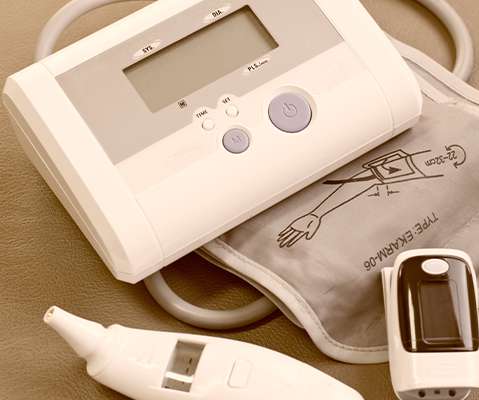2018 Year in Review: The Year’s Biggest Remote Care News & Developments
care innovations
JANUARY 2, 2019
As government agencies like the CMS and VA expanded access to telehealth towards the goal of extending care into rural areas, industry leaders like Care Innovations® announced a series of breakthroughs with exciting implications for the years to come. January: Unbundled CMS Code Increases Remote Care Reimbursement.
















Let's personalize your content